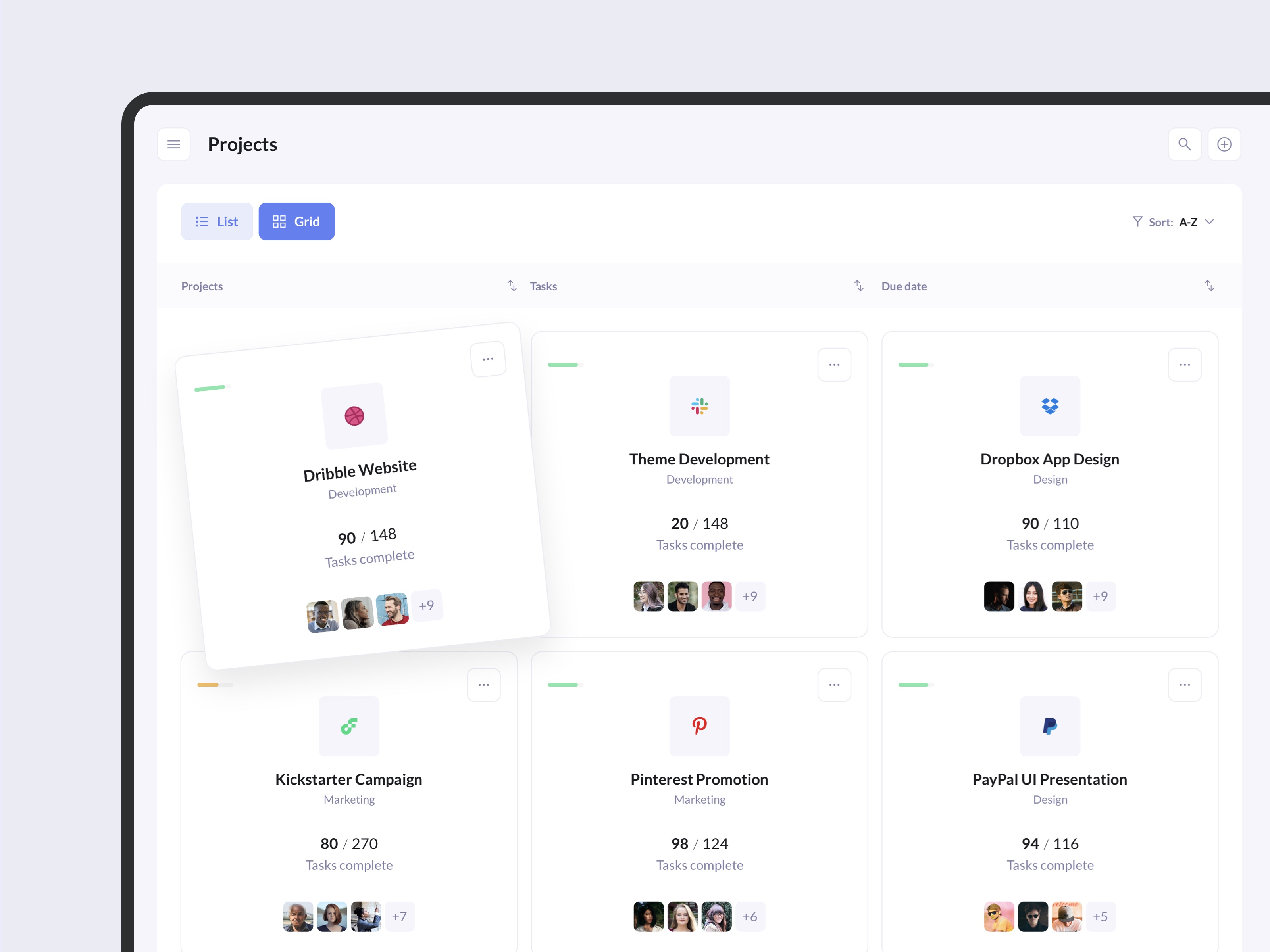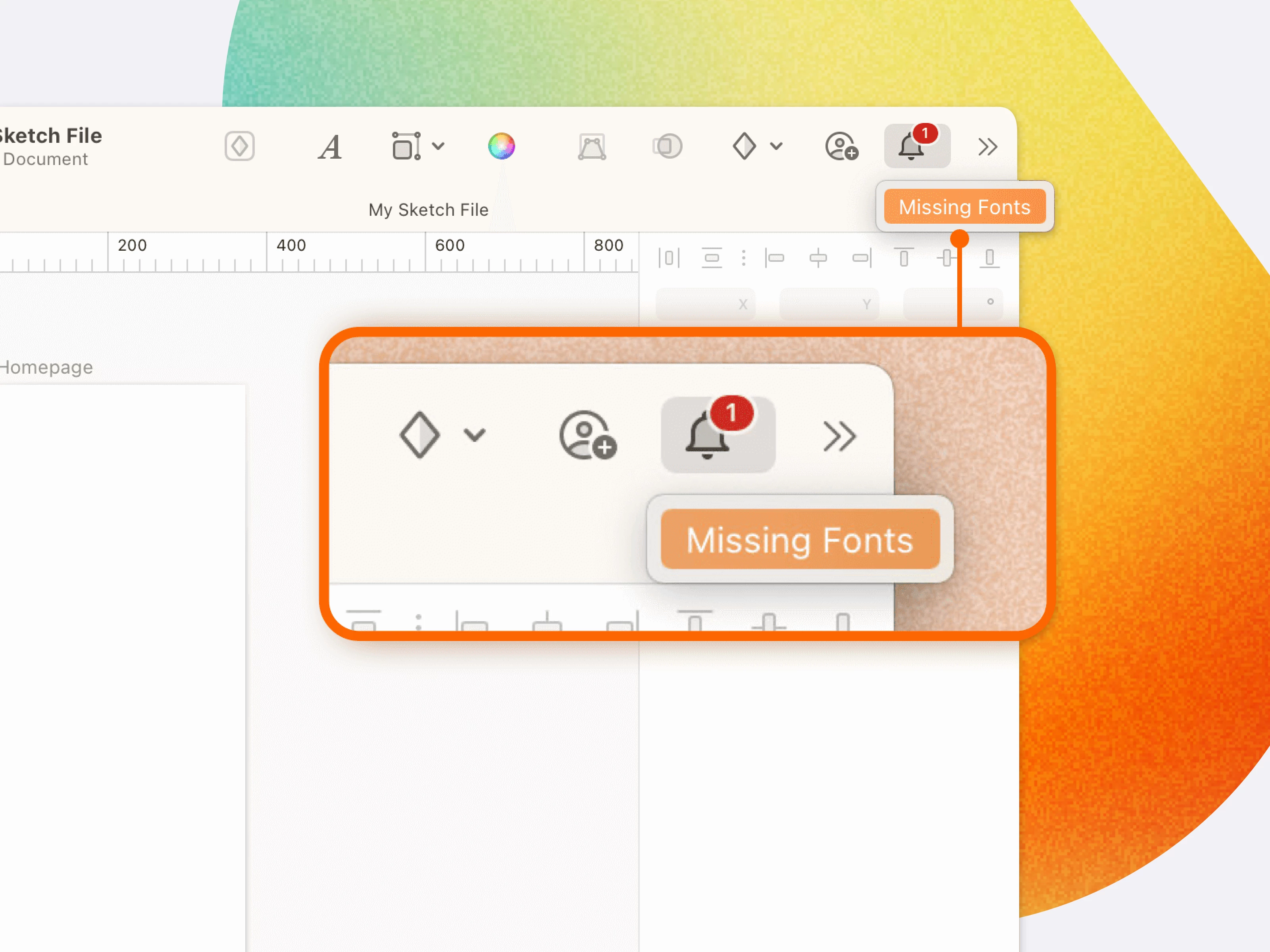The process of transferring design specifications and assets to engineers, often called engineering handoff, design handoff, or design to code, streamlines development. Although a direct conversion from mockup to functional product isn't possible, design-to-code tools facilitate the extraction of crucial design elements like styles, fonts, and images. This organized presentation of specs simplifies the engineer's task, accelerating the development process.
How have we converted design to code historically?
Historically, design to code was a grueling, tedious task. Designers were forced to manually transcribe specifications, often resorting to cumbersome text files or painstakingly layered Photoshop documents. This already frustrating process was compounded by the constant need for updates when last-minute design changes occurred.
Engineers faced a constant cycle of seeking clarification from designers. The sheer volume of manual documentation inevitably led to discrepancies, inconsistencies, and outright confusion. In smaller teams, the process often devolved into simply handing over PSD files, a leap of faith that relied heavily on the engineer's ability to interpret the design without clear guidance.
Project managers, tasked with staying within budget, often had to resort to expensive specialized services. The prolonged and error-filled engineering handoff process created a high demand for 'pixel-perfect' PSD-to-HTML conversion services, which came at a significant cost.
Engineering handoff tools have fundamentally altered the dynamic between designers and developers, transforming their relationship from one of potential conflict to one of collaborative partnership. They've fostered a shared understanding, allowing both teams to recognize each other as allies working toward a common goal.
Why engineering handoff is better today
Engineering handoff has been revolutionized by specialized tools that offer critical functionalities:
- Detailed style inspection and documentation for every design layer
- Code generation in multiple languages (CSS, Swift, Android)
- Seamless communication for clarifying design inconsistencies
- Integrated feedback mechanisms for continuous tool improvement
Engineering handoff tools
Design-to-code features come in two flavors:
- Standalone tools dedicated to engineering handoff.
- Complete product design platforms with added engineering handoff features that enable a smoother workflow.
- Community-backed UI kits, design resources, mockups, and wireframe sets.
A comprehensive product design platform offers the significant advantage of integrating design-to-code capabilities with a full suite of tools, including ideation, prototyping, and project management. This unified approach provides everything a team needs under a single, streamlined subscription.

Engineering handoff best practices
Even with advanced engineering handoff tools, designers play a crucial role in ensuring a smooth transition. Proactive planning is essential, not only during the handoff process itself, but from the very beginning of a project. Neglecting these considerations can lead to significant confusion and complications for the entire product team later on.
Design your product at @1x
Designing at scales other than @1x introduces unnecessary complexity. For instance, designing at @2x requires exporting assets at @0.5x for @1x output, and @3x designs need @1.5x exports. This scale conversion can quickly become confusing and error-prone. To minimize confusion and ensure straightforward asset exporting, design at @1x.
Export images as SVG
For web graphics, SVG reigns supreme. As a resolution-independent vector format, SVG allows a single export to scale seamlessly to any size, simplifying the engineer's workload and resulting in smaller file sizes. However, remember that SVG is best suited for vector graphics; bitmap elements like textures or photographs should be exported in other formats.
Include @1x, @2x, and @3x assets
For bitmap images, or when designing for mobile apps where SVG performance is problematic, provide engineers with @1x, @2x, and @3x PNG assets. For larger, non-transparent images, JPGs can be used. This ensures they have the flexibility to select the appropriate resolution for their needs.
Stay organized
Clear and descriptive layer naming is essential for a smooth engineering handoff. Engineers rely on these names to understand and implement design specifications, particularly for image assets. Vague or generic names like 'Rectangle 328472' create significant readability and maintainability challenges within the codebase.
Create a design system
Design systems provide a shared library of flexible UI components, informed by clear design standards. These systems are not just style guides; they represent tested and refined elements, often developed through collaborative efforts across various products. This consistency is vital for efficient engineering handoff, preventing code inconsistencies and maintaining a coherent user experience.






